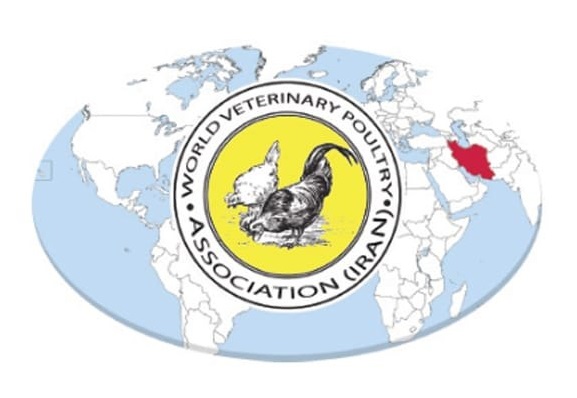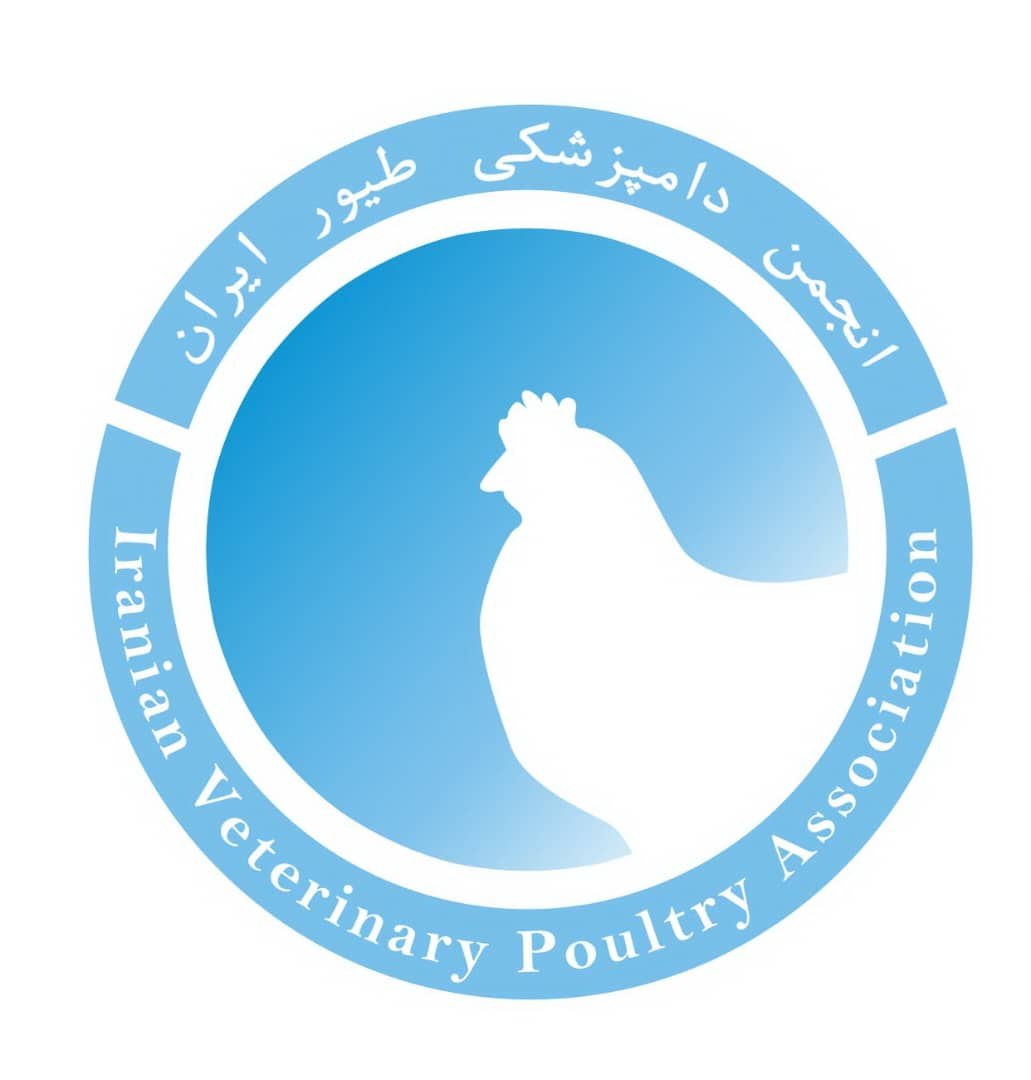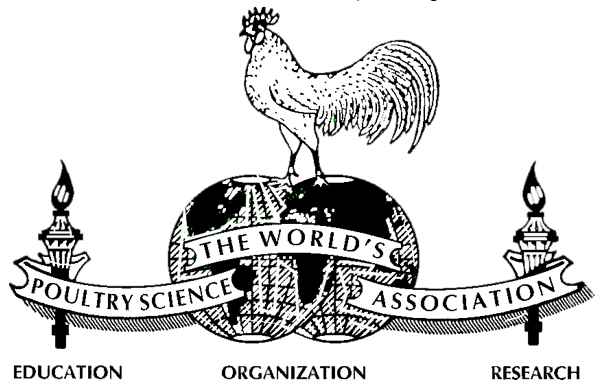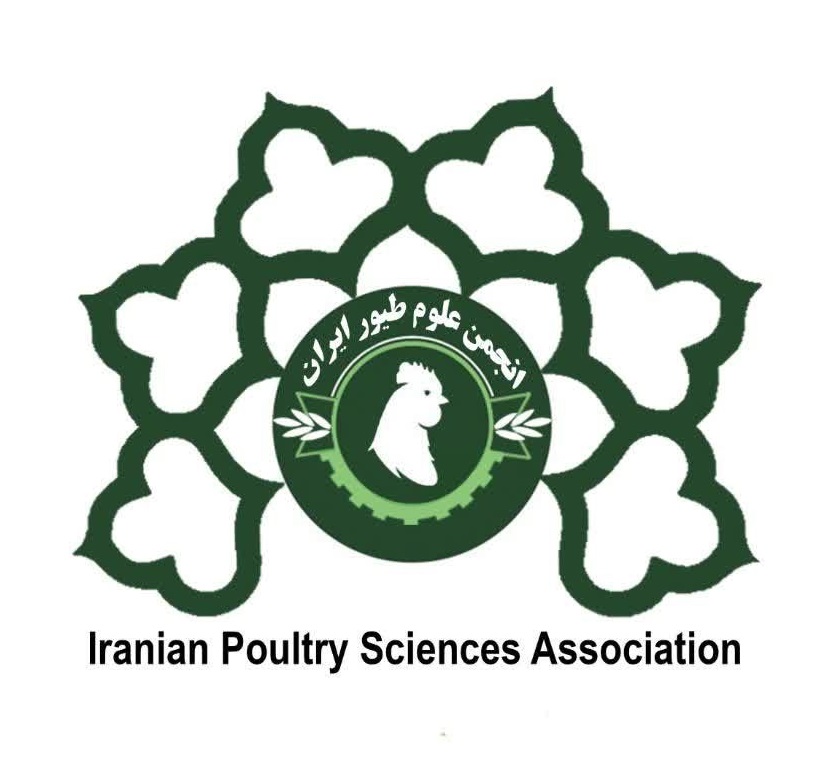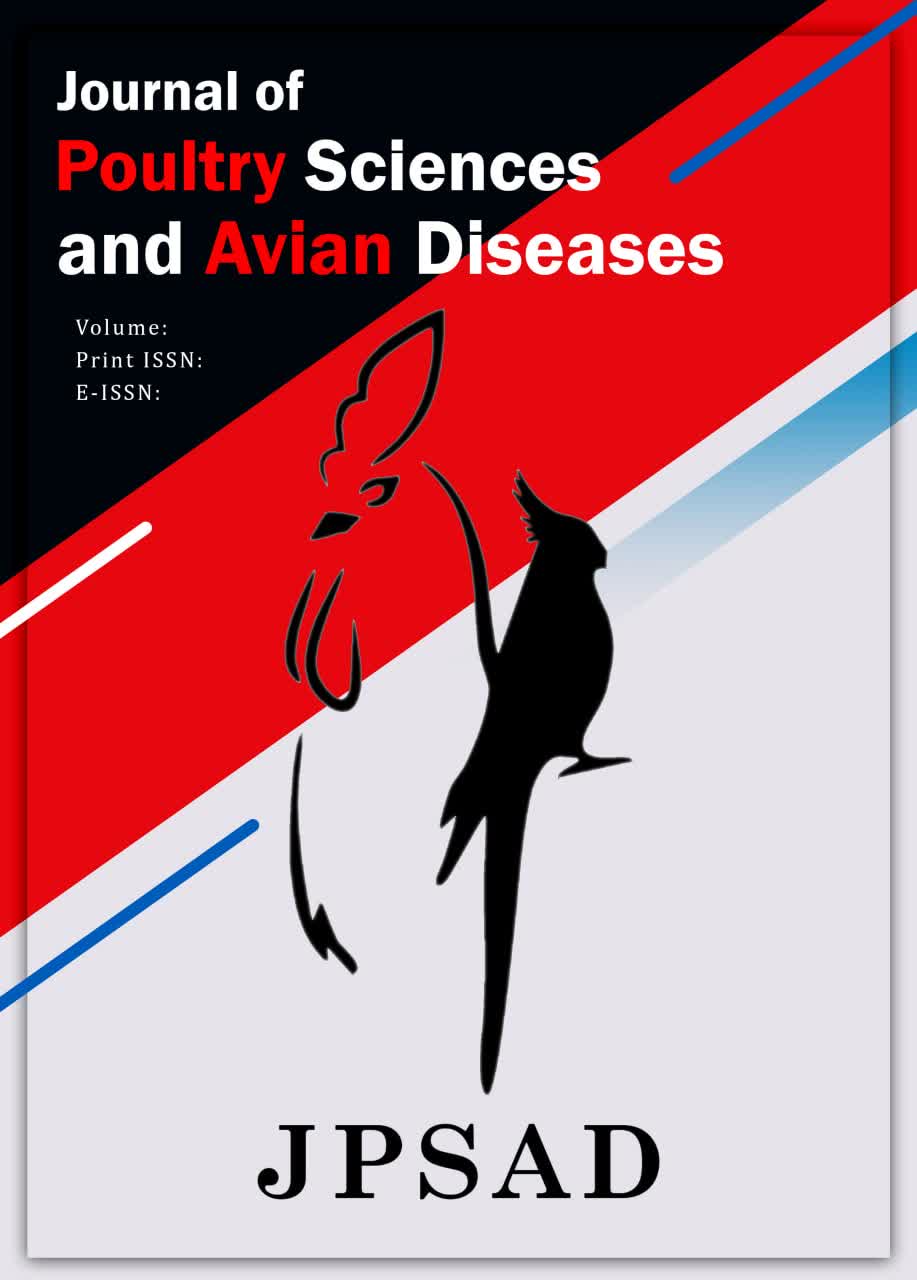Emerging Histomoniasis in Poultry Farms: A Narrative Review
Abstract
This review explores histomoniasis in poultry, focusing on its epidemiology, pathogenesis, clinical manifestations, risk factors, diagnostic methods, and control strategies. We analyzed recent literature on histomoniasis published between 2014 and 2024 using a narrative review approach. Articles were selected based on their relevance to the disease's epidemiology, clinical signs, diagnosis, and control measures. Histomoniasis, caused by Histomonas meleagridis, primarily affects turkeys and chickens, showing significant geographic variations in prevalence. The disease is transmitted through contaminated earthworms, with environmental factors such as moisture and soil type playing a crucial role in its transmission dynamics. Clinical signs include lethargy, diarrhea, and liver lesions, which can lead to high mortality rates, especially among young birds. Pathological findings typically reveal necrosis in the cecum and liver, and if left untreated, the infection can cause severe tissue damage. Various risk factors, including farming practices and co-infections, contribute to the spread and severity of histomoniasis. Diagnosis often relies on clinical signs, histopathology, and molecular methods, such as PCR, although early detection can be challenging. Control measures include antimicrobial treatments, biosecurity practices, and ongoing research into vaccines. However, existing solutions face limitations in terms of resistance and efficacy. Histomoniasis remains a significant threat to poultry health, influenced by farming practices, environmental conditions, and the presence of intermediate hosts. While antimicrobial treatments and management practices provide some level of control, further research into diagnostic tools, alternative treatments, and vaccines is essential for effective long-term disease management. Comprehensive control strategies, including enhanced biosecurity and preventive measures, are vital for reducing the impact of histomoniasis on poultry farms.
Downloads
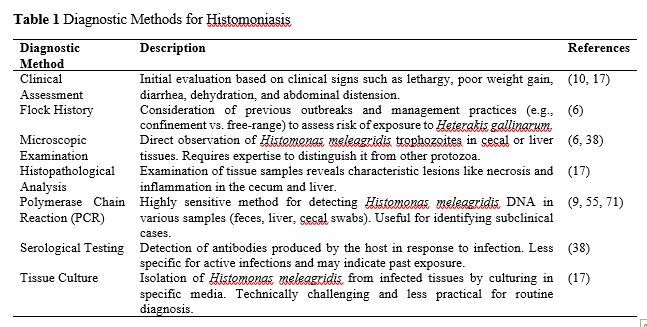
Downloads
Published
Submitted
Revised
Accepted
Issue
Section
License
Copyright (c) 2024 Sanaz Majidi (Author); Ali Tolooe (Corresponding Author); Mohammad Barari (Author)

This work is licensed under a Creative Commons Attribution-NonCommercial 4.0 International License.






